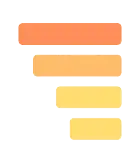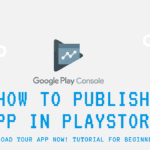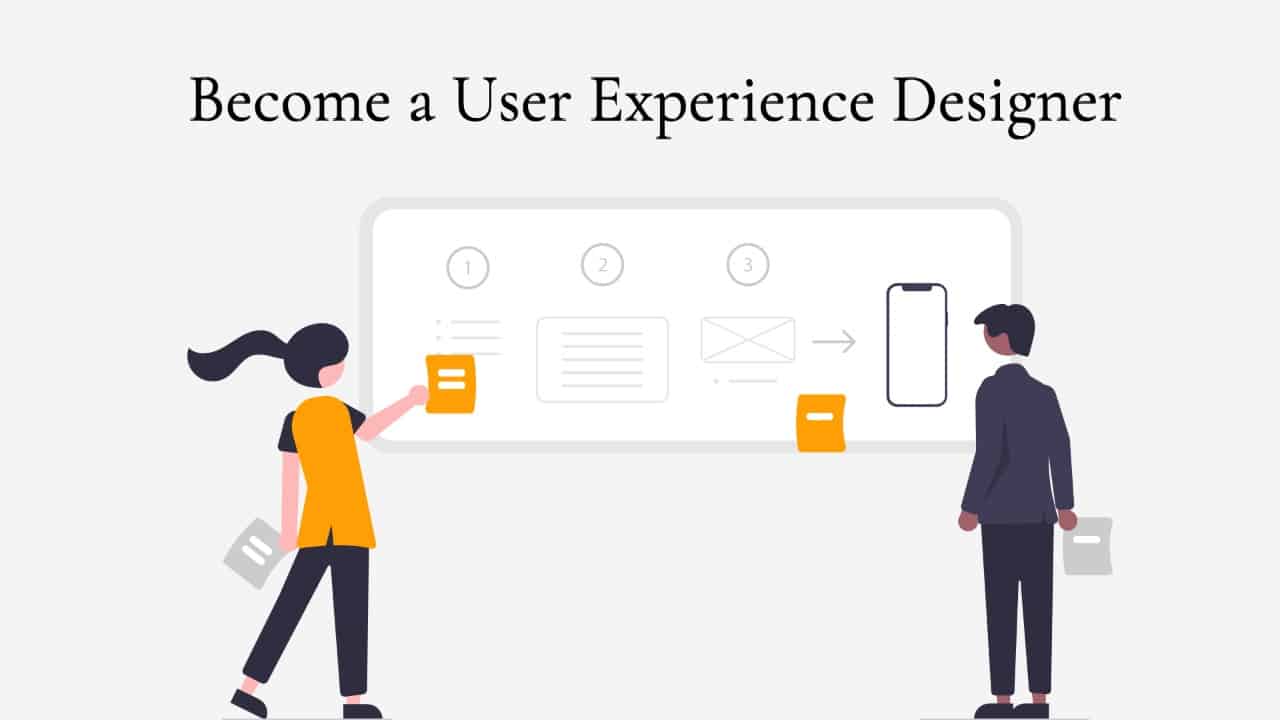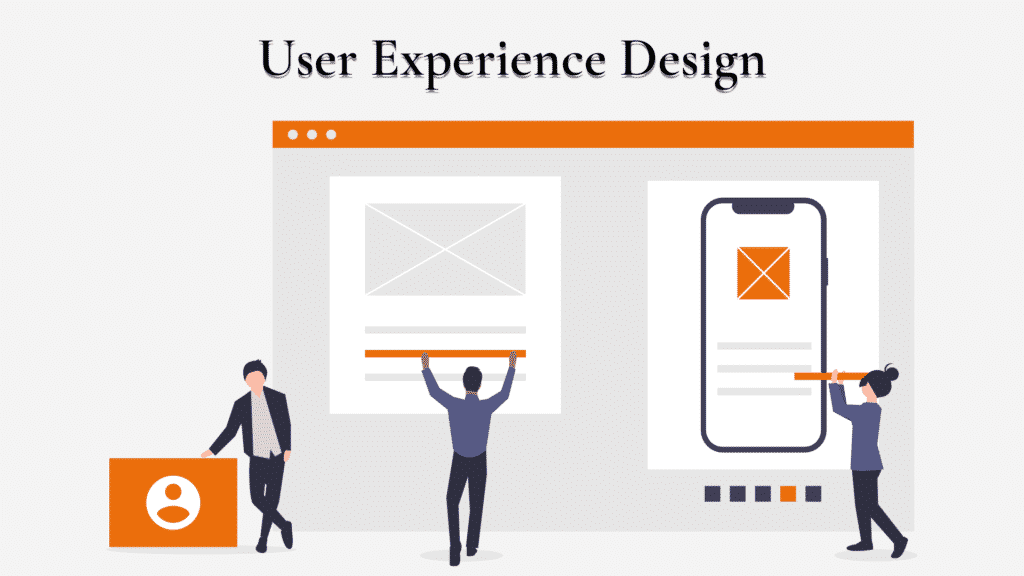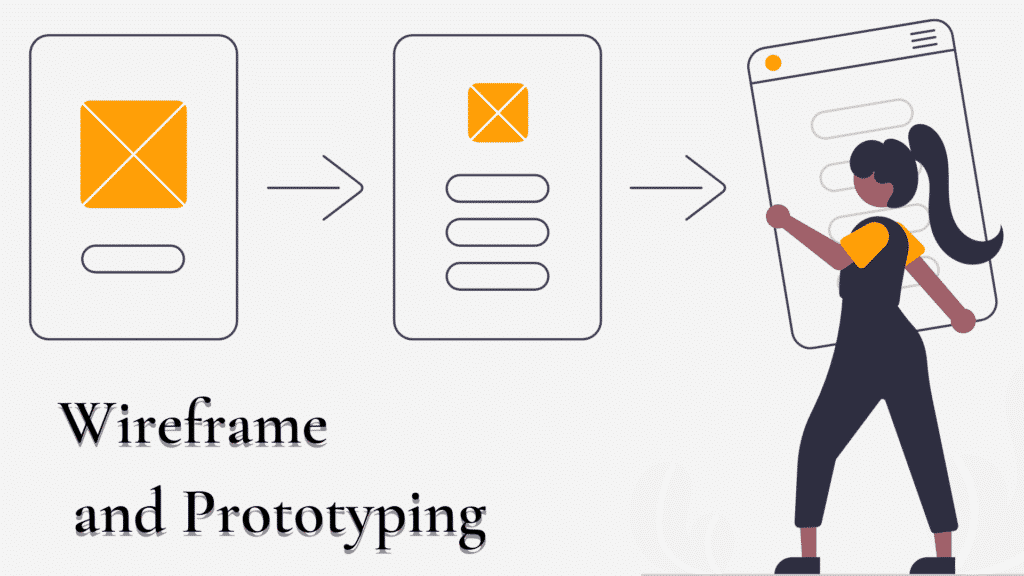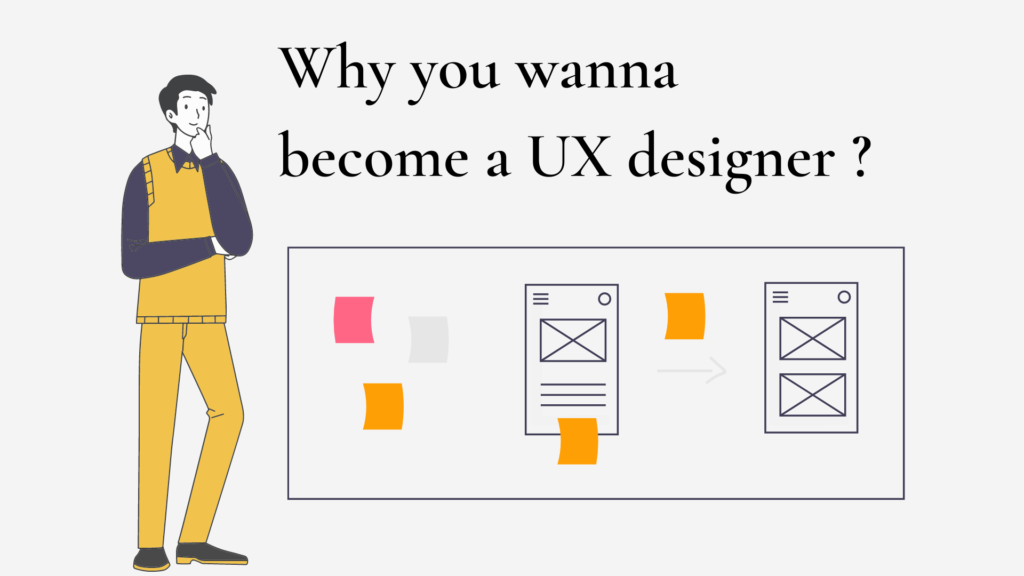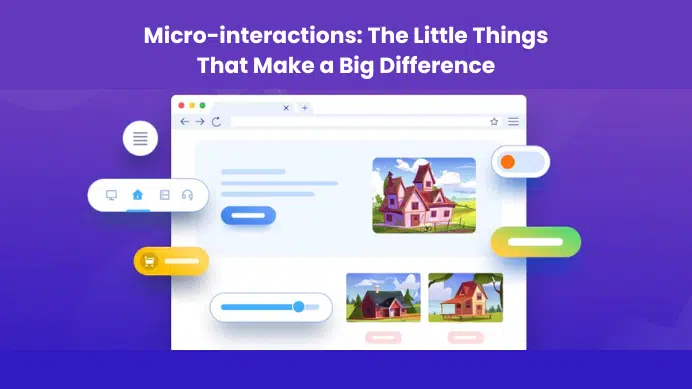Table of Contents
What is User Experience?
The user experience is how a user interacts and enjoys a product, organization, or service. This includes a person’s feelings for usability, ease of use, and performance.
The history of UX design :
In 1990 the term UX was first introduced by Drs. Donald Norman, an electrical engineer and cognitive scientist at Apple. A user-centric pioneer, he emphasized the importance of user-centric design – a design process based on user needs and goals. In doing so, he introduced the term “user experience”, which encompasses User experience design has its roots in ancient ergonomic science (ἔργον, means “work”, and νόμος, means ” natural law “) – including interfaces (graphics or digital) as well as interfaces, graphics, and orientation.
How UX contradicts UI?
User experience (UX) is the user engagement and experience with the company’s products and services. This includes gaining UX insights, conducting research to learn about the positive and negative points of the experience, and improving the learning that positively affects the user experience.
The User interface (UI) interacts with specific properties of users. For example, the UI can handle traditional design elements such as color and typography concepts. It can see the operation of unusual settings based on the screen or voice.
What is User Experience Design (UXD)?
UX design is the process of designing products (digital or physical) that are effective, easy to use, and enjoyable to communicate/interact with. It’s about improving the experience that people have when interacting with your product and making sure they find value in what you offer through your design.
Typical UX disciplines :
- User Experience Strategy
A broad vision (a prioritized roadmap of what you need to be from where you want to be) for the user experience that you are trying to create by knowing the model of commercial outcomes as a result of realizing the vision and the cost of doing it, with a very clear qualitative and quantitative understanding of your current user experience. A Set of routine measurements to monitor progress and success with a plan to develop the capabilities and culture of your organization to do all of this.
- User Research (UR)
Between a great experience and a terrible experience, the determining factor would be the “thorough research”. User research (and your analysis of this research) plays an important role in exploring user needs and also in the UX design process which includes user testing, interviews, surveys, questionnaires, and focus groups.
- Information Architecture (IA)
Information architecture refers to the organization of information that is useful, accessible, and meaningful. Now with the amount of information available on the Internet, the role of information architecture has become very important. Good information architecture ensures that whenever a user logs into your site or application, they know where to go for the information they need and are easy to navigate. Tasks in this capacity include creating, implementing, and adding sitemaps, and user-friendly navigation structures.
- Wireframing and Prototyping
Wireframes and prototypes are an important component of any design process. They allow UX designers to quickly interact and test their ideas with teammates, stakeholders, and potential users.
Sharing and testing wireframes and prototypes allow designers to receive valuable feedback and incorporate it into their designs – time and money poured into product and visual design and development in advance.
- Visual Design & Development
After several iterations of prototyping and testing, the visual design is ready for change. This is where design form and color come into play. These features are usually performed in conjunction with a UI (user interface) designer, which ensures that the screen presentation for the user helps them to complete their tasks, such UI designers have a good understanding of user needs and goals, but their specialty lies in the user’s visual experience. Regardless of the purpose of a project, the UX designer has always worked closely with developers to achieve the ultimate goal, so he is well aware of a good relationship to maintain with the development team. While the relationship takes time to establish, it ensures that everything can be built as it is designed, keeping in mind the documentation of the entire UX design process and the visual design assets of the product.
Factors That Influence User Experience
Factor 1: Useful – Internet access is fast and consumers do not like to waste their time with brands and digital assets that do not help them achieve their goals quickly. Companies may lead to losing customers to businesses that produce useless content, products, and services will that provide an intuitive and emotionally positive user experience.
Factor 2: Usable – How effectively, efficiently, and effortlessly can the goal they are trying to achieve by using your product, service, website, etc.
Factor 3: Findable – User experience makes finding a product easy. In the case of digital and information products, content should be easy to find.
Factor 4: Credible – The consumer’s ability to trust your brand and the products/services you provide, because without trust, consumers will not buy any products or services from you.
Factor 5: Desirable – How much demand your product or service has. Desire is built around design, emotional design, branding, image, company lifestyle, and aesthetics.
Factor 6: Accessible – An important factor of user experience that reflects the introduction of a product or service and equal access to all types of people. For example, people who are physically disabled should benefit from your business.
Why you wanna become a UX designer?
- UX designers are interested in human behavior and design. UX affects psychology, design, research, technology, and business – it creates a powerful and creative way to solve real-world problems that affect others.
- Employers are struggling to find qualified UX designers, and demand is increasing, which is reflected in salaries.
- We have found that although many UX designers come from graphic or product design, anyone can become a successful UX designer if they use one themselves. Whatever your background, it is highly likely that you have transferable skills that can apply to UX design. Your dedicated career experts will help you identify these skills.
- As a UX designer, you have the opportunity to work for startups, agencies, large corporations, or even freelance. You may also be able to work from far away anywhere in the world.
Pro tip!
If you’re a fresher and wanted to learn about User Experience (UX) Design, after reading this blog, then head to Google UX Design where you can learn the foundations of UX design, including empathizing with users, building wireframes and prototypes, and conducting research to test your designs by gaining the professional certificate from Google & Coursera.
FINAL VERDICT :
In conclusion, I hope you enjoyed reading this article on “User Experience Designer”, If yes, then don’t forget to spread the word about it Click your favorite social media icon below to share this content. Signing off sowmiyavenkatesan611@gmail.com
